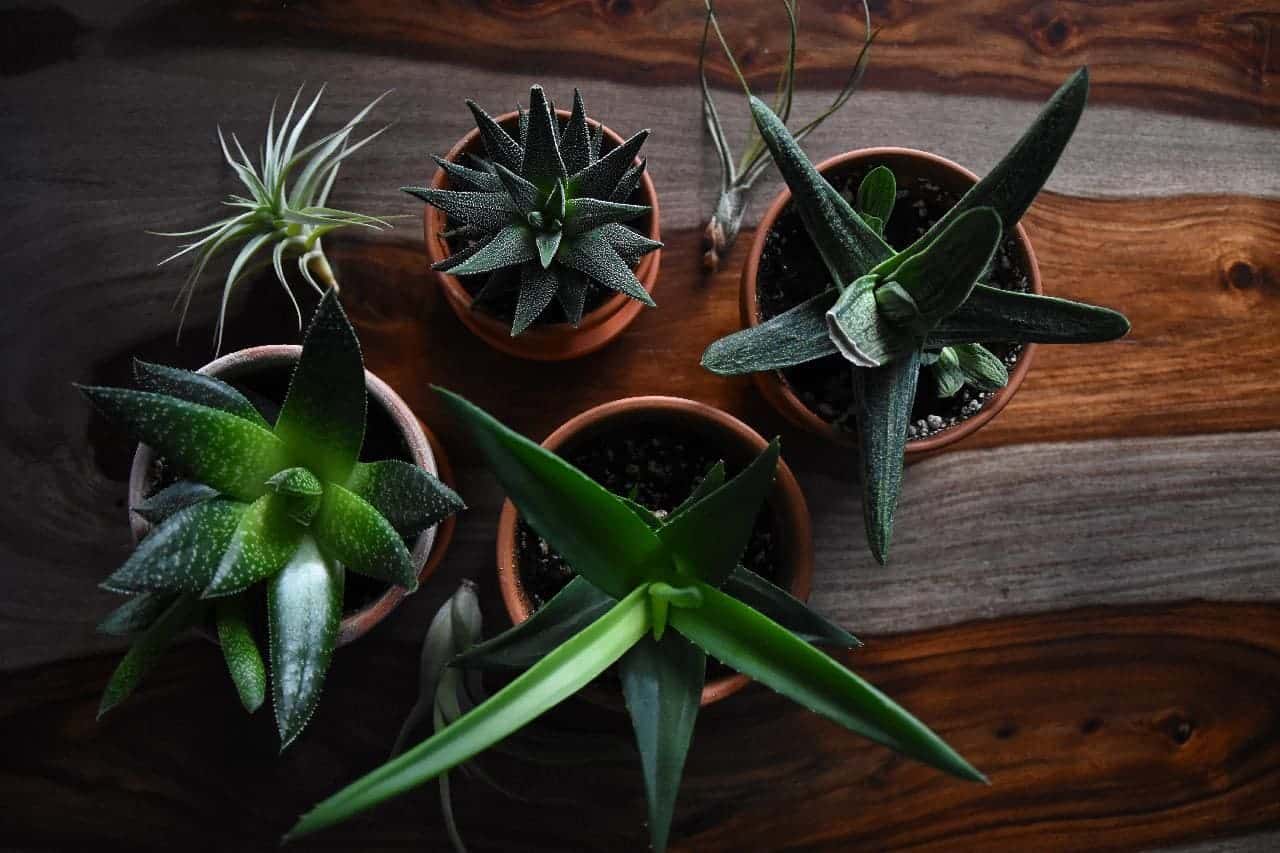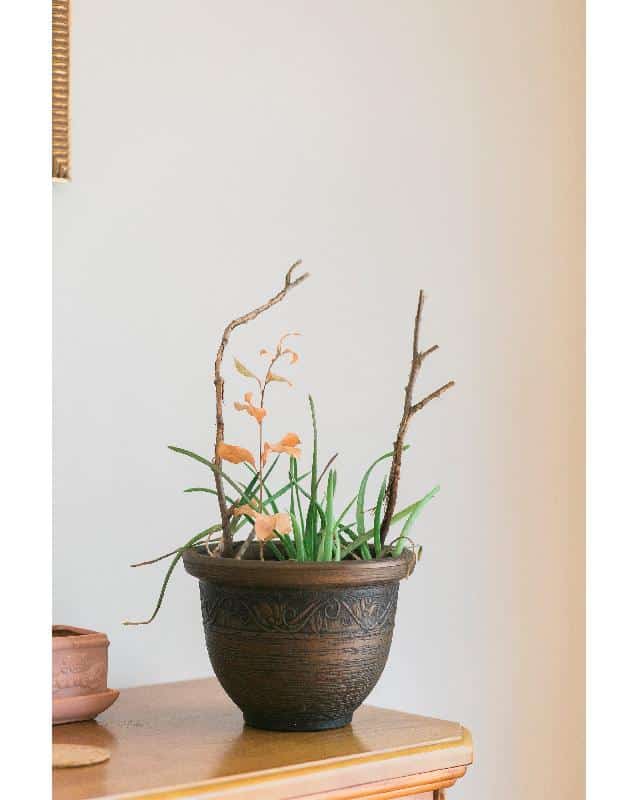Interesting question. But let us first look at what Aloe Vera is. The Aloe Vera is a succulent, stemless, or very short-stemmed plant about 24-39 inches tall. The leaves are thick and fleshy and the margin of the leaves is serrated and has small white teeth.
The plant performs the best in full sunlight and needs approximately six to eight hours of direct sun and a desert type of soil and does not needs lots of water. In desert areas, the Aloe Vera receives its water from the cool morning fog and dew and does not need gallons of water every day.
How Much Sunlight Does The Aloe Vera Need? The Aloe Vera plant needs a good 6-8 hours of sunlight daily to reach the maximum potential of its’ value. If you as the gardener moves the Aloe Vera plant from a shady location in your garden or even in your house to an area where there are lots of sunlight and warmth, the plant will not appreciate the sun and could get damaged.
The plants are drought-resistant and can survive with the minimum water for long periods of time. A little bit of water now and then will be more than adequate for your plant. The Aloe Vera plant can survive temperatures of 50 to 85 degrees Fahrenheit outside and 60-75 degrees Fahrenheit indoors.
Can Aloe Vera survive without sunlight?
Sunlight not only provides light but also warmth which is vital for maintaining the health of the plant. Aloe Vera loves sunlight but not too much or too little. Too little sunlight will cause the Aloe Vera to get discolored growth and a lack of blooming. Poor sunlight also causes poor root development and the plant will die eventually.
Overexposure to sunlight will cause the leaves to blanched and to wilt despite adequate watering. In nature, the older and stronger Aloe Vera plants are more established than the younger plants and can tolerate the sun better than the young and new plants.
The Aloe Vera is commonly widespread all around the world in areas such as the South-East Arabian Peninsula, the Northern parts of Africa, Sudan, and neighboring countries and areas like the Canary Islands, Cape Verde, and the Madeira Islands.
Can The Aloe Vera Survive In The Shade?
As already mentioned the Aloe Vera plant was originally from the desert where it survived high temperatures through the decades and if been planted in an area where it does not receive adequate sunlight and warmth it will not bloom to its’ potential and the roots will start rotting and the leaves will lose the original color and the plant will look unhealthy and in a poor condition.
The plant will also appear wrinkled and develop brown spots which are indicators of poor health in your plant. Aloe leaves will also look limp and droopy without the needed sunlight, where healthy plants grow upwards and outwards towards the sun. Just like normal flowers do.
Important Tips For Caring For Your Indoor Aloe Vera Plant
Aloe Vera plants need to be housed in a bright location with some direct sunlight in the colder winter months. All plants need water to survive, even your Aloe Vera. Not watering your plant will cause a shortened life span and watering your plant excessively will also cause the roots to start rotting and eventually your plant will also die.
Water your plant thoroughly and let the excess water drain. Now you only water the plant again when the top inch of the soil is dry.
If your plant is not receiving enough water, the leaf tips will turn brownish and another sign of improper watering and too much sun is black spots on the leaves due to overwatering. Control the temperature room if planted indoors.
To water your plant it is advisable to use a container with a spray nozzle rather than using a hosepipe or a watering can that can cause excessive water flow and damage to the plant. Another important factor to remember with aloe plants is that they are poisonous to your pets like the dog or the cat.
Repotting of plants especially younger plants is obligatory and very simple and easy to do. The plant does not require a lot of maintenance. You can even use some succulent fertilizer once a month.
Other Valuable Facts Of The Aloe Vera
Your Aloe Vera plant contains formaldehyde and benzene in its leaves and its chemical-based cleaners. The gel inside the leaves can assist you with healing cuts and burns. The plant juice will also keep your skin moisturized and protected as this is a proven fact for centuries now originated from the Egyptians and Arabians.
Ten Easy Steps For Growing Your Own Aloe Vera Plant.
- Location, location, and again location – this will determine the condition of the plant.
- Soil condition– Aloe Vera grows best in dry cactus potting soil mix is ideal.
- Planter– Look for a medium or large planter with good drainage capabilities.
- Positioning– Put enough space between aloe vera buds when planting them.
- Watering-Don’t overwater. The soil needs to be damp, not soaked.
- Harvest– Once your plant is mature, you can remove the outside-most leaves.
- Aloe Plant Offspring– The mother plant produces enough plantlets which can be removed and replanted and makes excellent gifts for friends and family.
- Maintenance– Soil, sunlight and water are the necessities.
- Plant protection– Keep the soil damp to dry to avoid funguses.
- Reap the rewards– The healthy gel inside the leaves can be ingested by humans or used topically for added benefits.
This we conclude that it is essential to look after your plant with good sunlight and warmth and then you will reap the rewards of you best friend to come for the following years.



